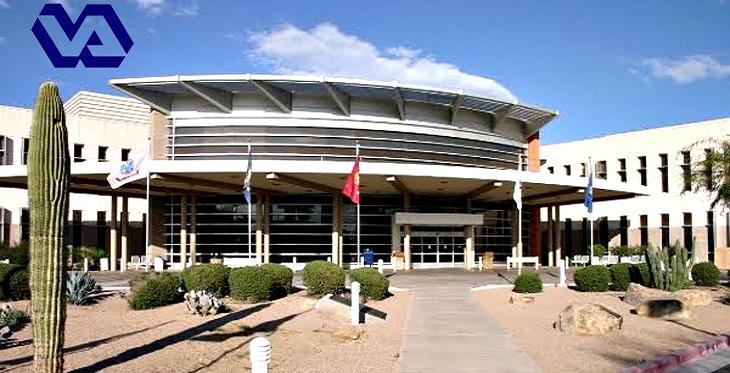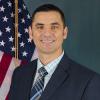
Gerald Hornbeck is a 73-year-old Veteran who lives with his wife in Gilbert, Arizona, approximately 40 miles from the Phoenix Veterans Administration Health Care System (PVAHCS).
In 2012, after being diagnosed with end-stage heart failure, he was implanted with a Left Ventricular Assist Device (LVAD) at the University of Utah Medical Center. Since then, the LVAD has taken over the task of pumping blood to the rest of his body.
Recently, at his home in Gilbert, while irrigating his two-acre property, Gerald slipped and fell into a ditch full of water.
He knew this was life-threatening, because the battery powered LVAD cannot function if it’s wet.
Within minutes, the pump stopped working. He opened the battery pack, shook the device to get the water out of it, and reconnected it. The LVAD seemed to operate normally, but Gerald knew it had to be checked out by a cardiology specialist and the LVAD coordinator.
But there was one big problem: the LVAD Coordinator was in Utah.
Gerald came to the Phoenix VA and met with a cardiology nurse practitioner, who was able to connect with the University of Utah Medical Center using a Clinical Video Telehealth (CVT) connection.
The CVT’s state-of-the-art, encrypted, video technology enabled the LVAD coordinator in Utah and the cardiology nurse practitioner in Phoenix to to work together to successfully switch out the water-damaged LVAD controller and replace it with a new – and perfectly dry – controller.
Needless to say, when the LVAD controller is disconnected, there is no blood circulating to the rest of the body. And the University of Utah Medical Center is a full two days drive from Phoenix.
It’s hard to hug a CVT. But as far as Gerald Hornbeck and his wife are concerned, the technology helped save his life. And for that, they will always be thankful.


